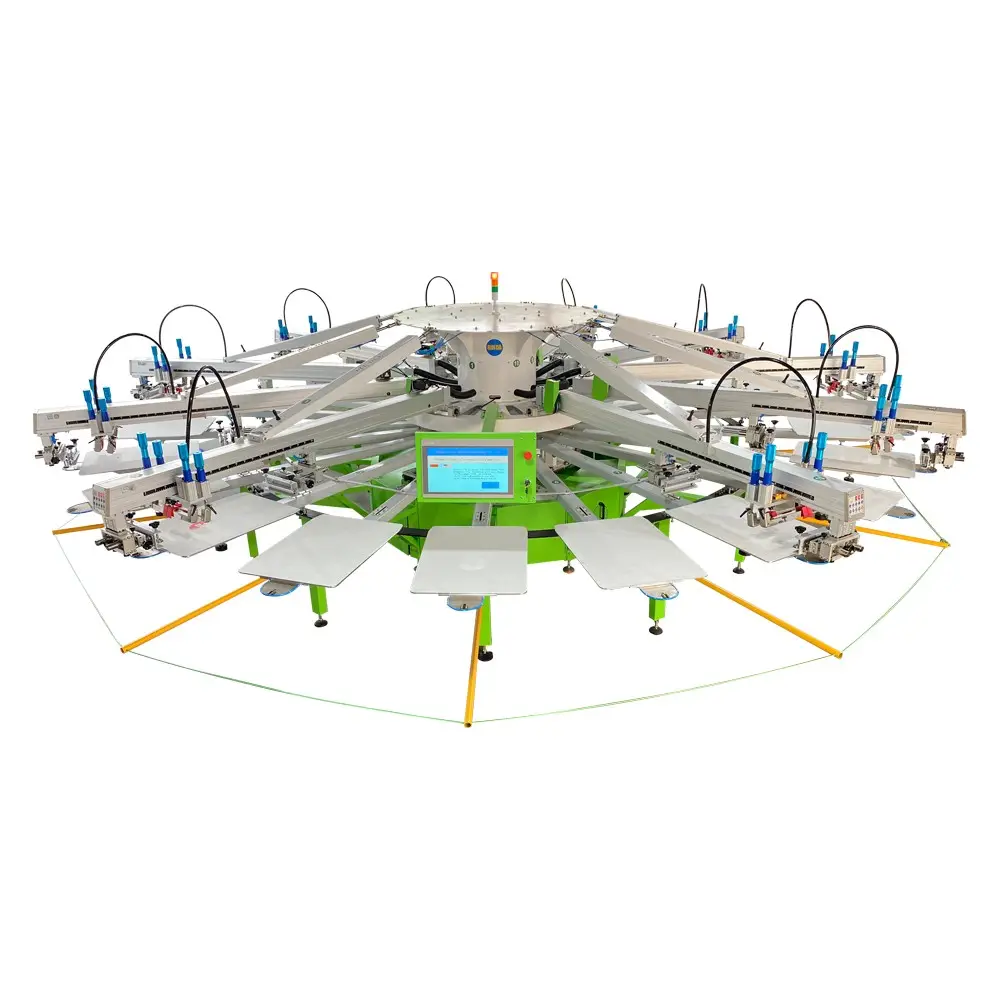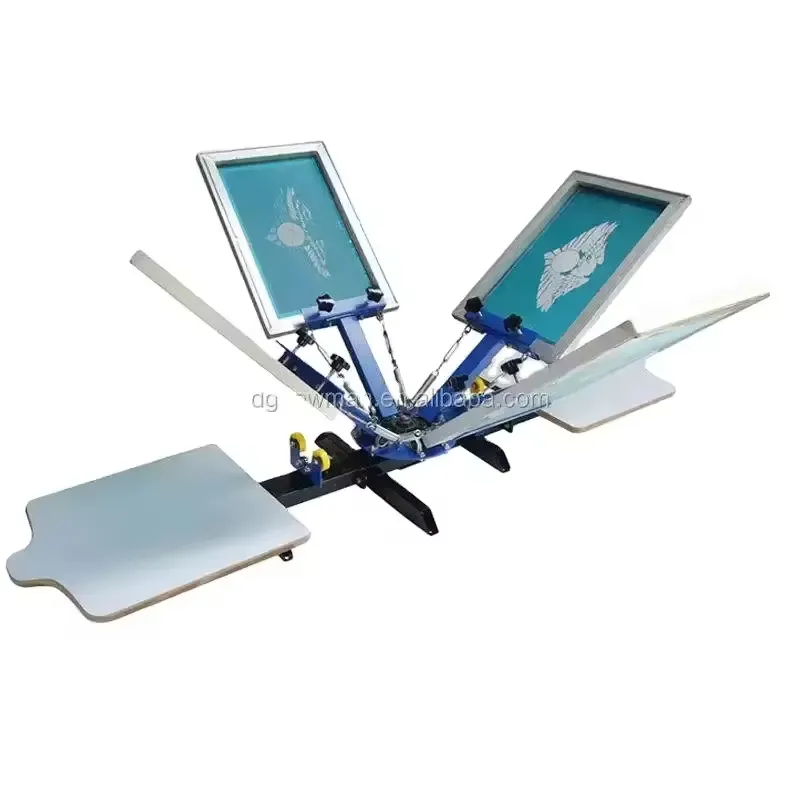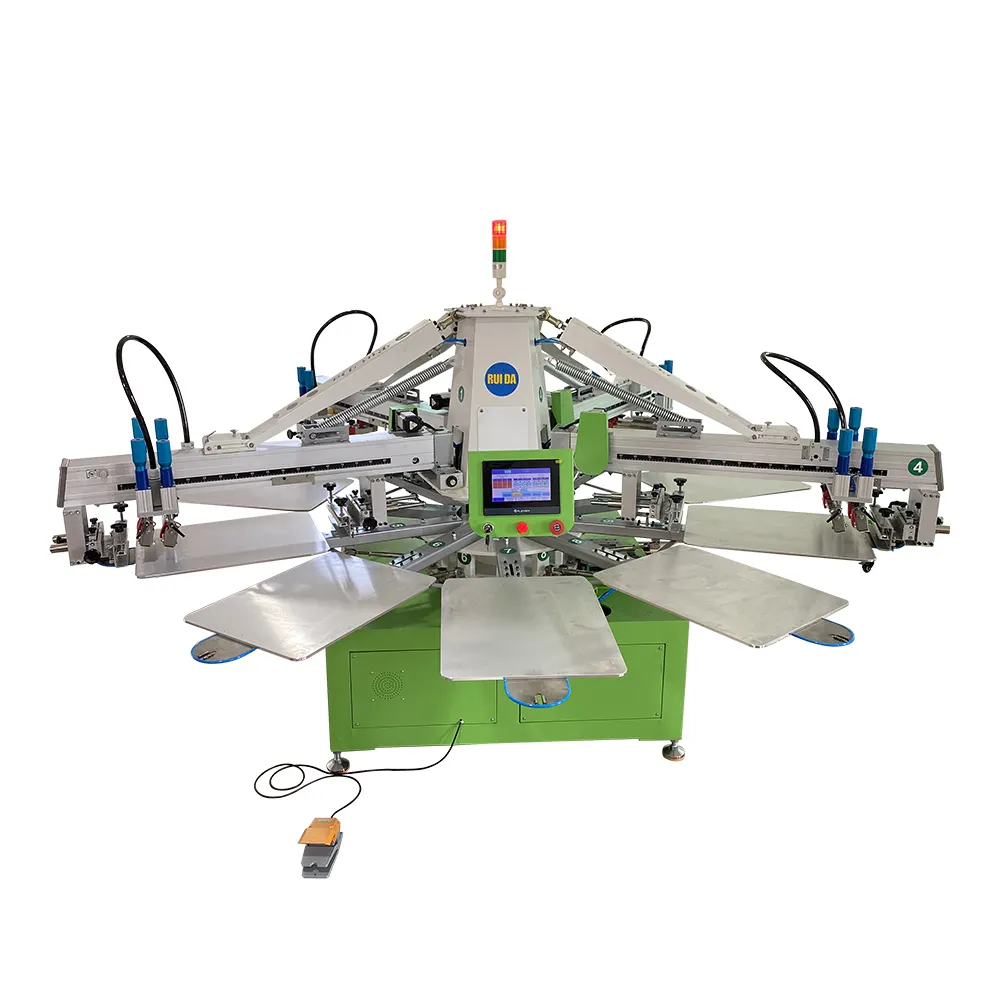ราคาเครื่องพิมพ์อัตโนมัติ
ราคาของเครื่องพิมพ์อัตโนมัติถือเป็นปัจจัยสำคัญในการลงทุนในสภาพแวดล้อมการผลิตและการผลิตสมัยใหม่ ระบบเหล่านี้ซึ่งมีความซับซ้อนสูงโดยทั่วไปจะมีราคาตั้งแต่ $5,000 สำหรับรุ่นพื้นฐานไปจนถึง $50,000 หรือมากกว่าสำหรับโซลูชันอุตสาหกรรมขั้นสูง การเปลี่ยนแปลงของราคาสะท้อนให้เห็นถึงความแตกต่างในด้านความเร็วในการพิมพ์ ความสามารถในการแสดงรายละเอียด ความเข้ากันได้ของวัสดุ และระดับของการทำงานอัตโนมัติ เครื่องระดับเริ่มต้นมักจะรองรับขนาดกระดาษมาตรฐานและงานพิมพ์พื้นฐาน ในขณะที่ตัวเลือกระดับกลางจะมีคุณสมบัติเพิ่มเติม เช่น ระบบป้อนอัตโนมัติและฟังก์ชันพิมพ์หลายสี ส่วนโมเดลระดับพรีเมียมจะรวมคุณสมบัติขั้นสูง เช่น ระบบควบคุมคุณภาพอัจฉริยะ ความสามารถในการควบคุมจากระยะไกล และการผสานรวมกับกระบวนการทำงานการผลิตที่มีอยู่แล้ว ปัจจัยที่ส่งผลต่อราคาประกอบด้วยประเภทของเทคโนโลยีการพิมพ์ (Inkjet, Laser หรือ Hybrid Systems) กำลังการผลิตสูงสุด ความต้องการในการบำรุงรักษา และคุณสมบัติเพิ่มเติม เช่น ระบบทำความสะอาดอัตโนมัติหรือความสามารถในการตรวจสอบแบบอัจฉริยะ ราคามักครอบคลุมซอฟต์แวร์หลัก การฝึกอบรมเบื้องต้น และการสนับสนุนการตั้งค่าเริ่มต้น เมื่อประเมินราคาของเครื่องพิมพ์อัตโนมัติ ควรพิจารณาถึงต้นทุนการครอบครองทั้งหมด รวมถึงวัสดุสิ้นเปลือง การบำรุงรักษา และเส้นทางการอัปเกรดที่อาจเกิดขึ้น เครื่องพิมพ์สมัยใหม่มักออกแบบมาให้มีประสิทธิภาพในการใช้พลังงานและเพิ่มประสิทธิภาพการใช้วัสดุ ช่วยลดต้นทุนการดำเนินงานและชดเชยการลงทุนเริ่มต้น


